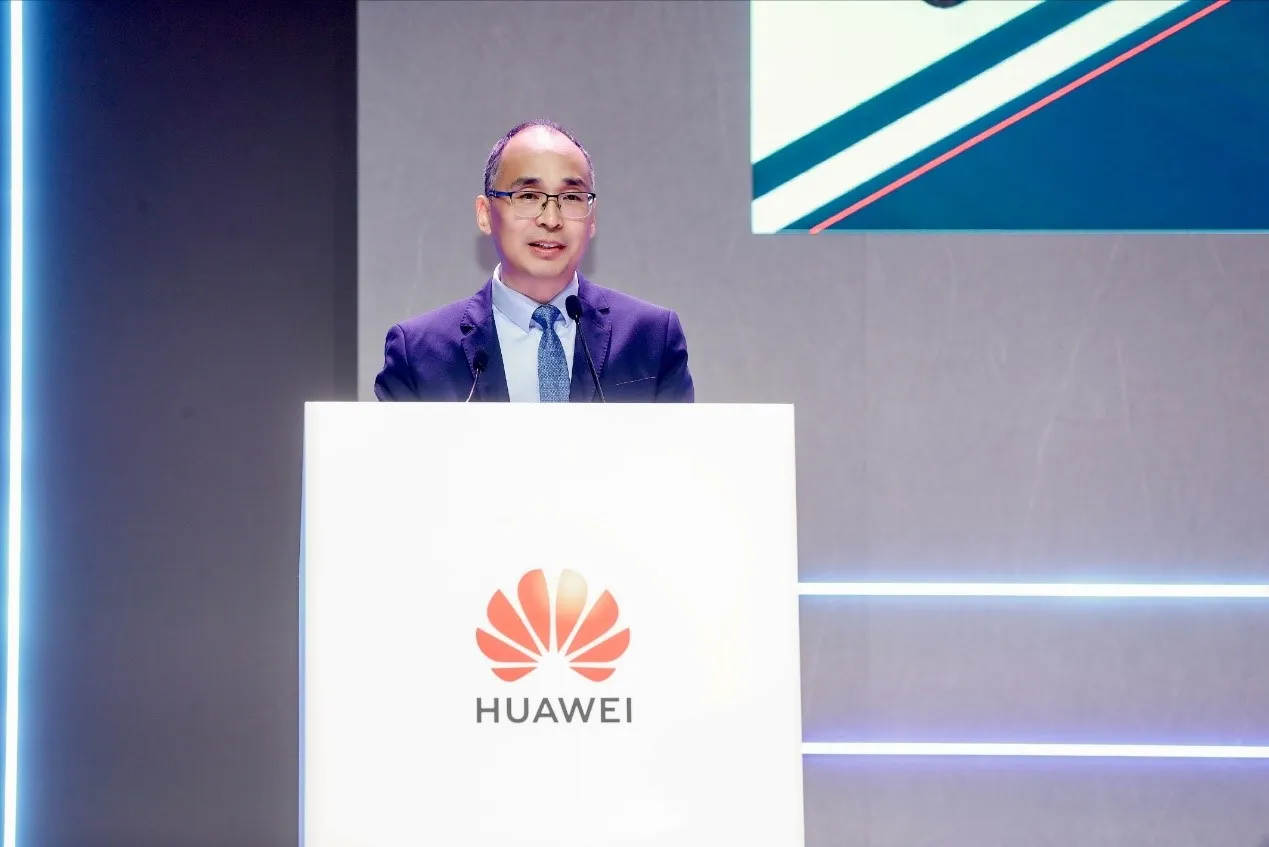Continental is replacing a large part of the hardware in conventional radios with intelligent software. In a test setup Continental is already able to demonstrate the diversity, which is possible through its Global Software Radio (GSR). For example, it can play several radio stations simultaneously. Using loudspeakers and additional headset outlets, car drivers and rear seat passengers can listen to their favourite stations independently of each other. The GSR also allows the driver to listen to a station w
July 18, 2012
Read time: 2 mins
RSS260 Continental is replacing a large part of the hardware in conventional radios with intelligent software. In a test setup Continental is already able to demonstrate the diversity, which is possible through its Global Software Radio (GSR). For example, it can play several radio stations simultaneously. Using loudspeakers and additional headset outlets, car drivers and rear seat passengers can listen to their favourite stations independently of each other. The GSR also allows the driver to listen to a station while a different channel is being recorded. It can also look for the most up-to-date traffic information in the background and provide this to the driver. It makes no difference whether the signals are digital or analogue. The GSR is future-proof, as new radio broadcasting standards or new data services can be integrated with a software update. Conventional radios can only offer this diversity by using additional – and comparably expensive – hardware.








